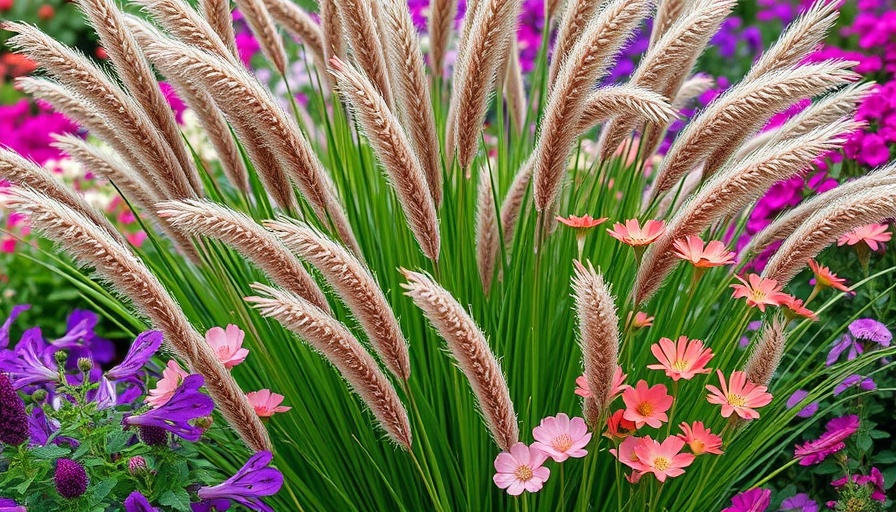
Mastering the Art of Harvesting Autumn Vegetables: Essentials for Beginners
After months of diligent care in your garden, knowing the right time to harvest your autumn vegetables can feel daunting, especially for beginners. This guide aims to simplify the process and help you make informed decisions about when to pick your produce. Whether you're growing kale, carrots, or other seasonal favorites, understanding the key elements concerning maturity and growth conditions will empower your backyard gardening experience.
Understanding Days to Maturity: The Key to Timing Your Harvest
Every vegetable has a unique maturation timeline, often stated on its seed packet. For beginner gardeners focusing on fall crops, knowing these "days to maturity" details is crucial. For instance, if you plant 'Cherry Belle' radish seeds on September 1, with a maturity time of just 24 days, you can expect to harvest them by September 25. However, as temperatures drop and day lengths shorten in autumn, plants may take longer to reach that maturity compared to spring planting.
The Impact of Daylength on Crop Growth
Daylength significantly affects the growth rate of vegetables. Generally, when daylight hours dip below ten hours, plant growth slows considerably. This response is rooted in how plants utilize light for photosynthesis. Gardeners may notice that their crops aren’t ripening as expected, emphasizing the importance of monitoring the days and conditions impacting your garden's performance.
Top 5 Autumn Vegetables and Their Harvesting Times
When planning your fall garden, consider these five common vegetables that thrive this season:
- Broccoli: Ready for harvest about 70-100 days after planting. Look for tight, compact heads.
- Kale: Typically takes about 55-75 days. Harvest outer leaves as needed for continual growth.
- Carrots: Approximately 70-80 days. Pull them when they are at least one inch in diameter.
- Radishes: Fast-growing, ready in as little as 20-30 days, they are perfect for quick harvests.
- Spinach: Grows well in cooler temperatures and is usually ready in 37-45 days.
Actionable Tips for a Successful Harvest
To ensure your harvest is both abundant and enjoyable, keep these insights in mind:
- Monitor your garden: Regularly check your vegetables for signs of ripeness.
- Use the right tools: Sharp garden shears or scissors will help you cut without damaging the plant.
- Harvest in the morning: The cooler temperatures help preserve freshness and flavor.
Embracing Sustainable Gardening Practices
Harvesting your autumn vegetables not only provides a delicious bounty but also contributes to sustainable living. By knowing when to harvest, you're minimizing waste and maximizing usage from your home garden. Engage in eco-friendly methods, such as composting your vegetable scraps or setting up irrigation systems, like the automated watering hacks Muskegon gardeners love.
Call for Action: Transform Your Lawn Care Today!
Ready to elevate your gardening skills and set your yard up for success? Call Norther-LawnCare at 231-450-3414 for top-rated local lawn care, winter plowing, and property management services. Your outdoor space deserves the best!
 Add Row
Add Row 
 Add
Add 


Write A Comment